
How to Use KY-038: Examples, Pinouts, and Specs
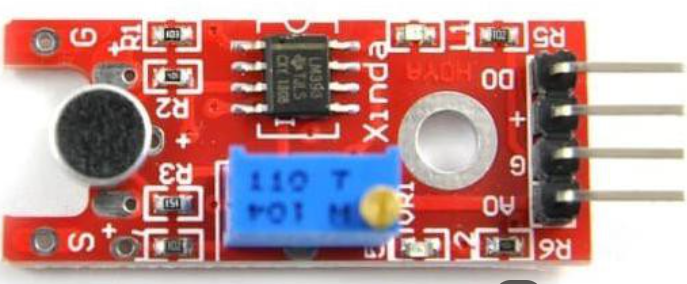
 Design with KY-038 in Cirkit Designer
Design with KY-038 in Cirkit DesignerIntroduction
The KY-038 is a sound sensor module designed to detect sound levels and convert them into an analog voltage output. It features a built-in microphone and an adjustable potentiometer for sensitivity control. This module is widely used in sound-activated projects, such as alarms, lighting systems, and audio-responsive devices. Its compact design and ease of use make it a popular choice for hobbyists and professionals alike.
Explore Projects Built with KY-038
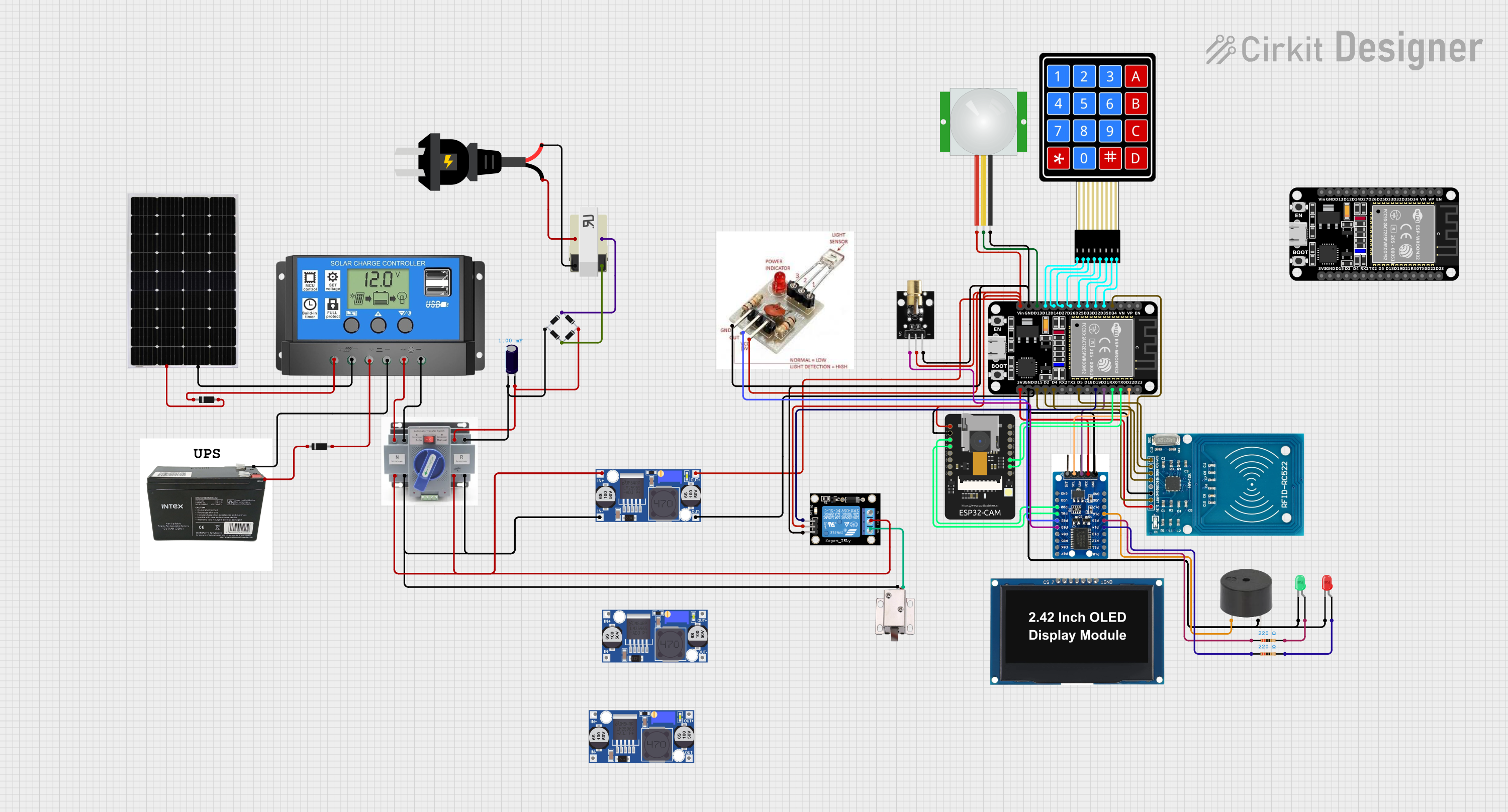
 Open Project in Cirkit Designer
Open Project in Cirkit Designer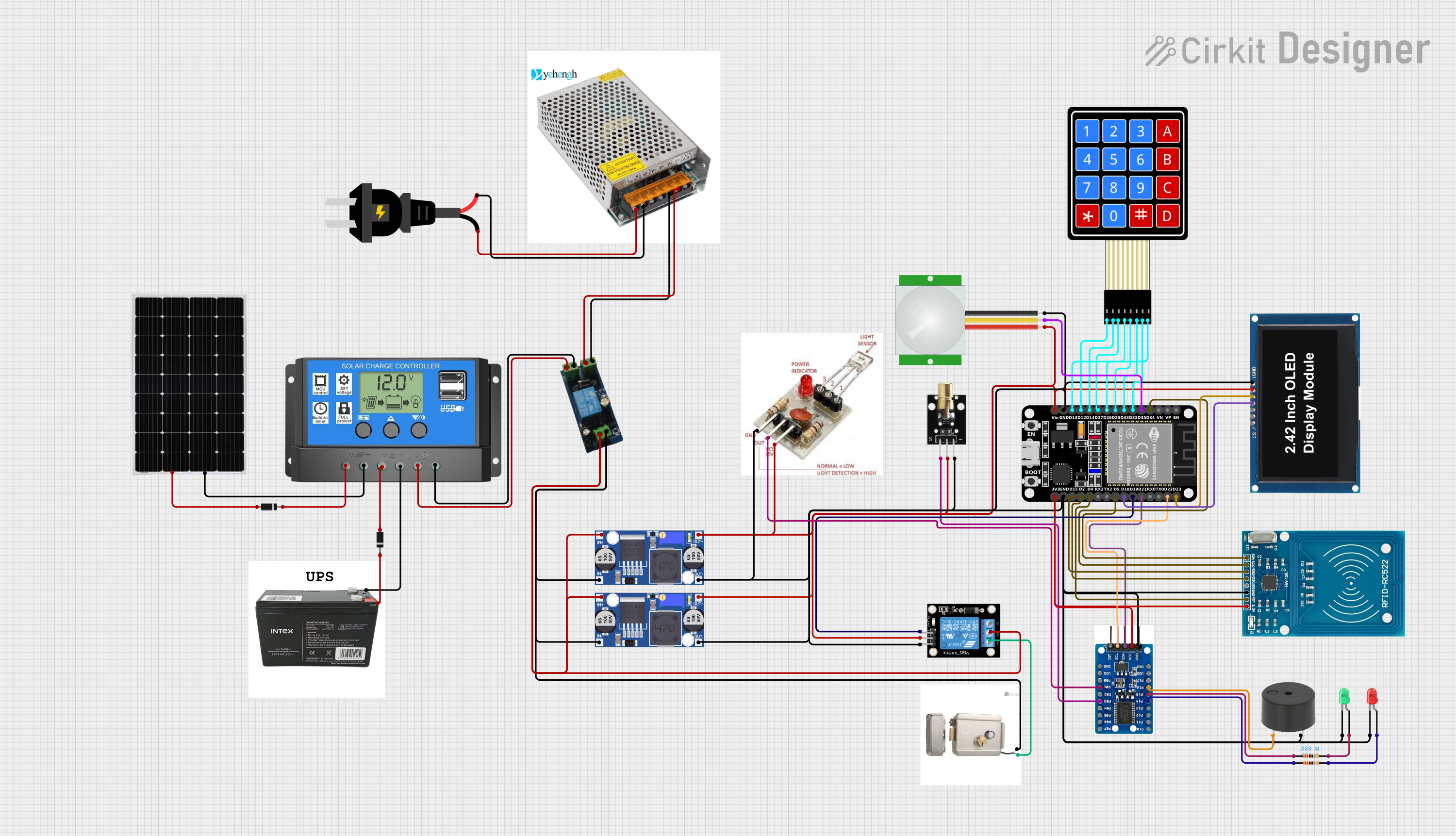
 Open Project in Cirkit Designer
Open Project in Cirkit Designer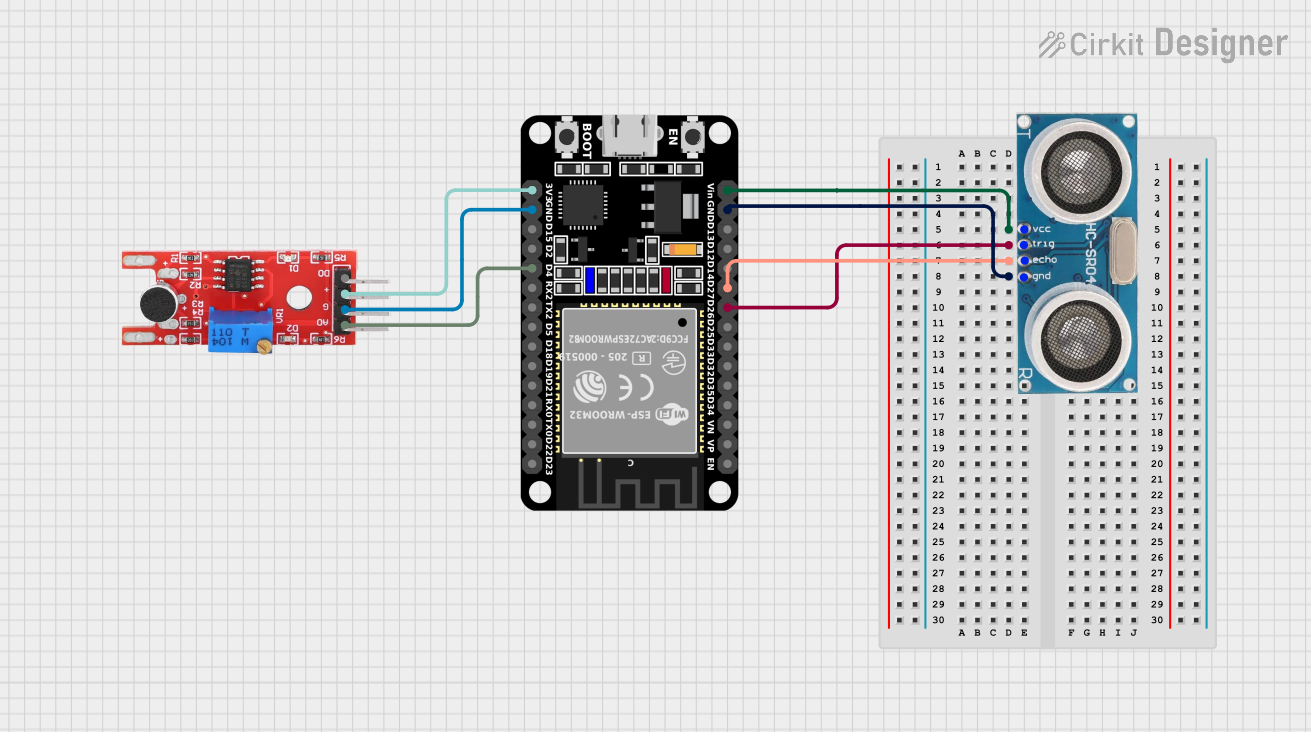
 Open Project in Cirkit Designer
Open Project in Cirkit Designer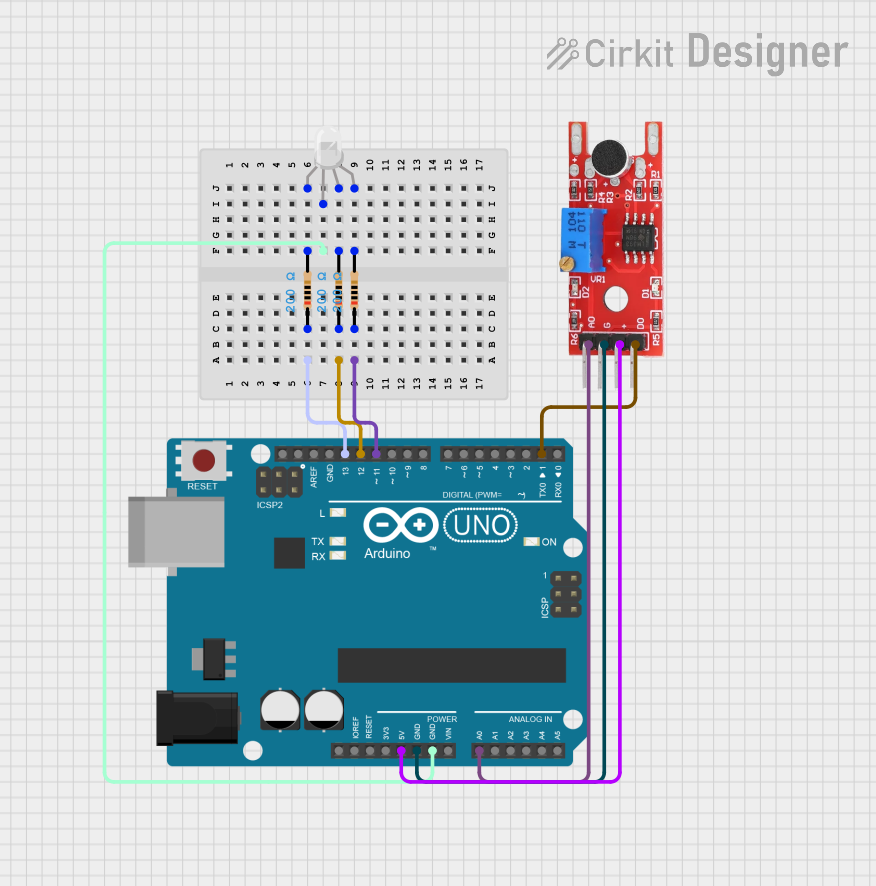
 Open Project in Cirkit Designer
Open Project in Cirkit DesignerExplore Projects Built with KY-038

 Open Project in Cirkit Designer
Open Project in Cirkit Designer
 Open Project in Cirkit Designer
Open Project in Cirkit Designer
 Open Project in Cirkit Designer
Open Project in Cirkit Designer
 Open Project in Cirkit Designer
Open Project in Cirkit DesignerCommon Applications
- Sound-activated lighting systems
- Audio-responsive alarms
- Voice-activated devices
- Environmental sound monitoring
- DIY electronics projects
Technical Specifications
The KY-038 sound sensor module has the following key specifications:
| Parameter | Value |
|---|---|
| Operating Voltage | 3.3V to 5V |
| Output Type | Analog and Digital |
| Microphone Type | Electret Condenser Microphone |
| Sensitivity Adjustment | Via onboard potentiometer |
| Dimensions | 38mm x 15mm x 13mm |
Pin Configuration and Descriptions
The KY-038 module has 4 pins, as described in the table below:
| Pin | Name | Description |
|---|---|---|
| 1 | VCC | Power supply pin (3.3V to 5V). Connect to the positive terminal of the power source. |
| 2 | GND | Ground pin. Connect to the negative terminal of the power source. |
| 3 | A0 | Analog output pin. Outputs a voltage proportional to the detected sound level. |
| 4 | D0 | Digital output pin. Outputs HIGH or LOW based on the sound threshold set by the potentiometer. |
Usage Instructions
How to Use the KY-038 in a Circuit
- Power the Module: Connect the
VCCpin to a 3.3V or 5V power source and theGNDpin to ground. - Choose an Output:
- Use the
A0pin for analog output to measure sound levels as a continuous voltage. - Use the
D0pin for digital output to detect sound above a certain threshold.
- Use the
- Adjust Sensitivity: Use the onboard potentiometer to set the sensitivity of the digital output. Turning the potentiometer clockwise increases sensitivity, while turning it counterclockwise decreases it.
- Connect to a Microcontroller: For example, connect the
A0orD0pin to an analog or digital input pin on an Arduino UNO.
Example Arduino Code
The following example demonstrates how to use the KY-038 with an Arduino UNO to read both analog and digital outputs:
// KY-038 Sound Sensor Example
// Reads analog and digital outputs from the KY-038 sound sensor module
// Define pin connections
const int analogPin = A0; // KY-038 A0 pin connected to Arduino A0
const int digitalPin = 2; // KY-038 D0 pin connected to Arduino digital pin 2
const int ledPin = 13; // Built-in LED for visual feedback
void setup() {
pinMode(digitalPin, INPUT); // Set digital pin as input
pinMode(ledPin, OUTPUT); // Set LED pin as output
Serial.begin(9600); // Initialize serial communication
}
void loop() {
// Read analog value from A0 pin
int soundLevel = analogRead(analogPin);
Serial.print("Analog Sound Level: ");
Serial.println(soundLevel);
// Read digital value from D0 pin
int soundDetected = digitalRead(digitalPin);
if (soundDetected == HIGH) {
digitalWrite(ledPin, HIGH); // Turn on LED if sound is detected
Serial.println("Sound detected!");
} else {
digitalWrite(ledPin, LOW); // Turn off LED if no sound is detected
}
delay(100); // Short delay for stability
}
Important Considerations
- Power Supply: Ensure the module is powered within its operating voltage range (3.3V to 5V).
- Noise Interference: Avoid placing the module near sources of electrical noise, as this may affect its performance.
- Sensitivity Adjustment: Fine-tune the potentiometer to achieve the desired sensitivity for your application.
- Microphone Orientation: Position the microphone toward the sound source for optimal detection.
Troubleshooting and FAQs
Common Issues and Solutions
No Output from the Module:
- Verify that the power supply is connected correctly and within the specified voltage range.
- Check the connections to the
A0orD0pins and ensure they are properly connected to the microcontroller.
Inconsistent or Erratic Readings:
- Adjust the potentiometer to fine-tune the sensitivity.
- Ensure the module is not exposed to excessive electrical noise or vibrations.
Digital Output Always HIGH or LOW:
- Check the potentiometer setting. If it is too sensitive, the output may remain HIGH. If it is not sensitive enough, the output may remain LOW.
- Verify that the sound source is within the detection range of the microphone.
FAQs
Q: Can the KY-038 detect specific frequencies of sound?
A: No, the KY-038 is not frequency-selective. It detects general sound levels and cannot differentiate between specific frequencies.
Q: How far can the KY-038 detect sound?
A: The detection range depends on the sound intensity and the sensitivity setting. For typical applications, it can detect sounds within a few meters.
Q: Can I use the KY-038 with a 3.3V microcontroller?
A: Yes, the KY-038 is compatible with both 3.3V and 5V systems, making it suitable for a wide range of microcontrollers.
Q: Is the KY-038 suitable for outdoor use?
A: The KY-038 is not weatherproof and should be used in indoor environments or protected from moisture and extreme temperatures.
By following this documentation, you can effectively integrate the KY-038 sound sensor module into your projects and troubleshoot common issues.